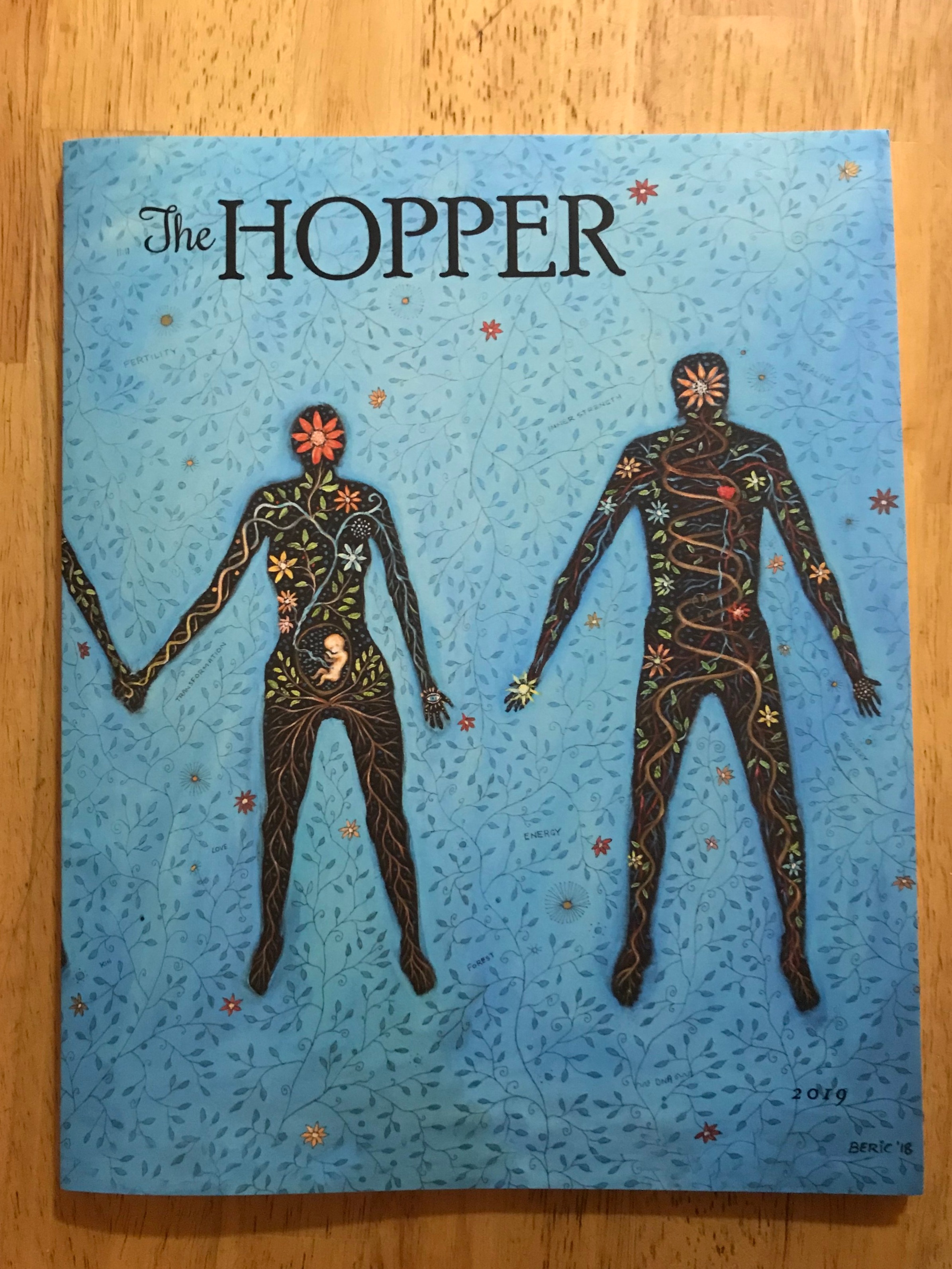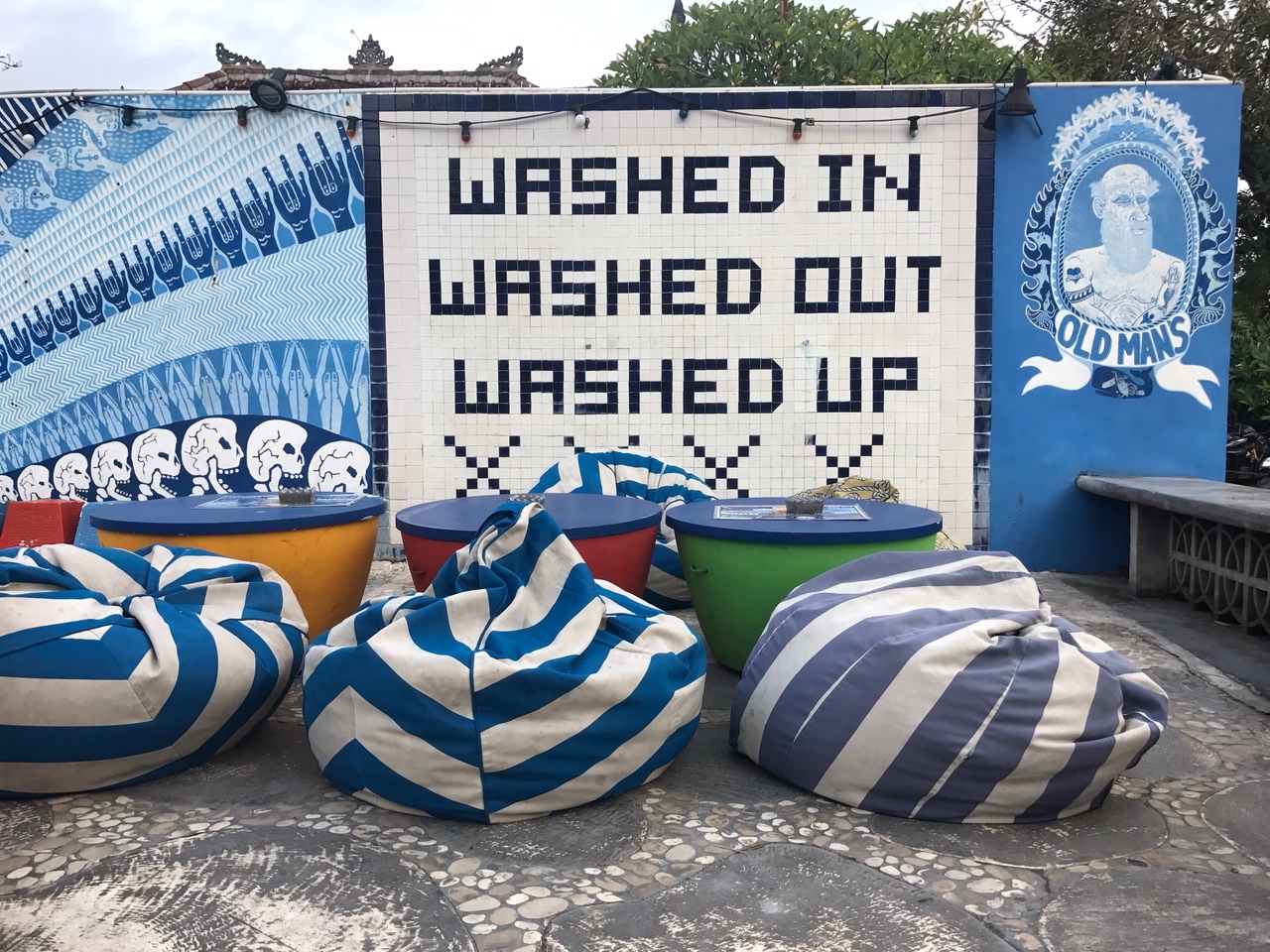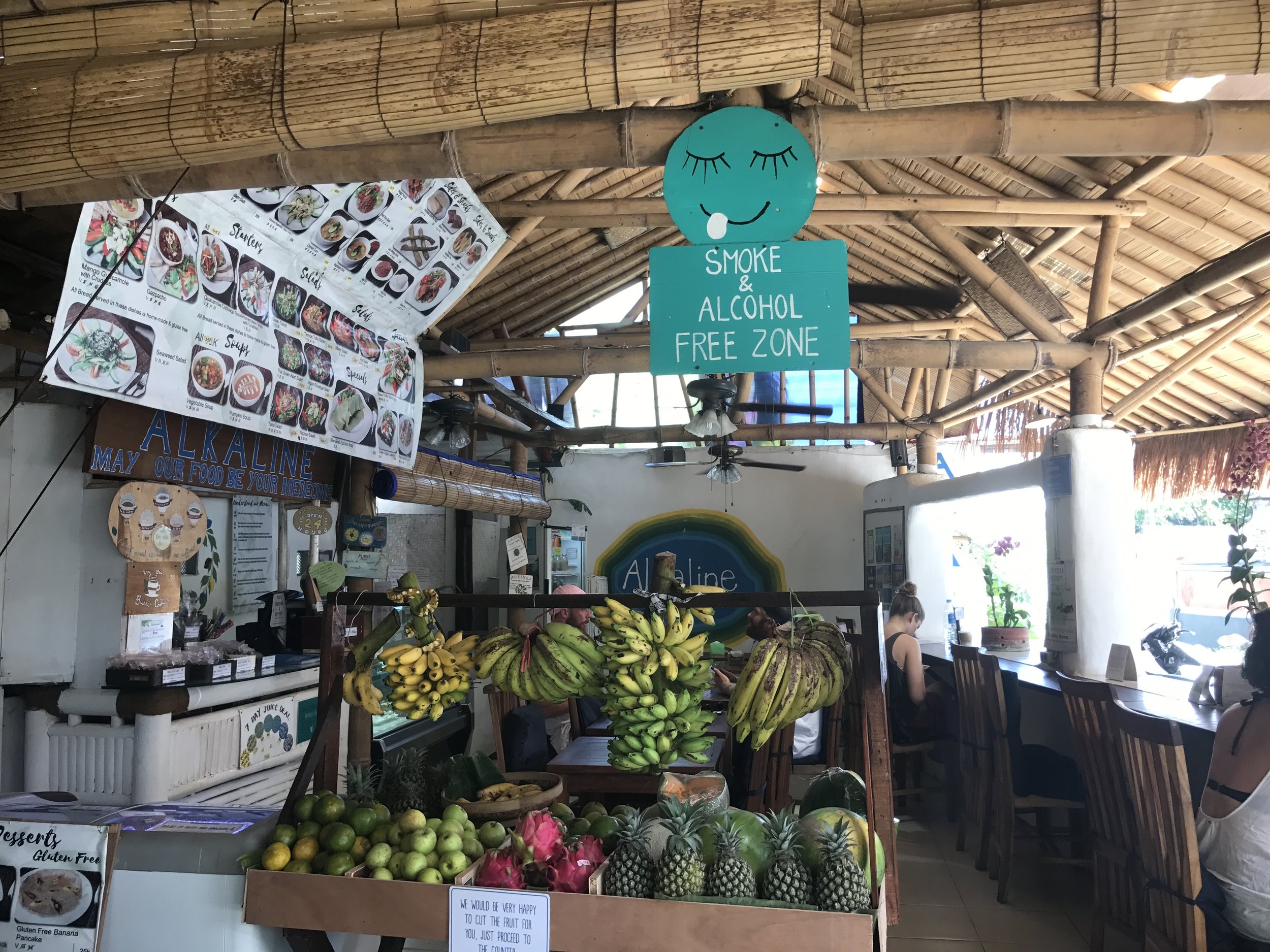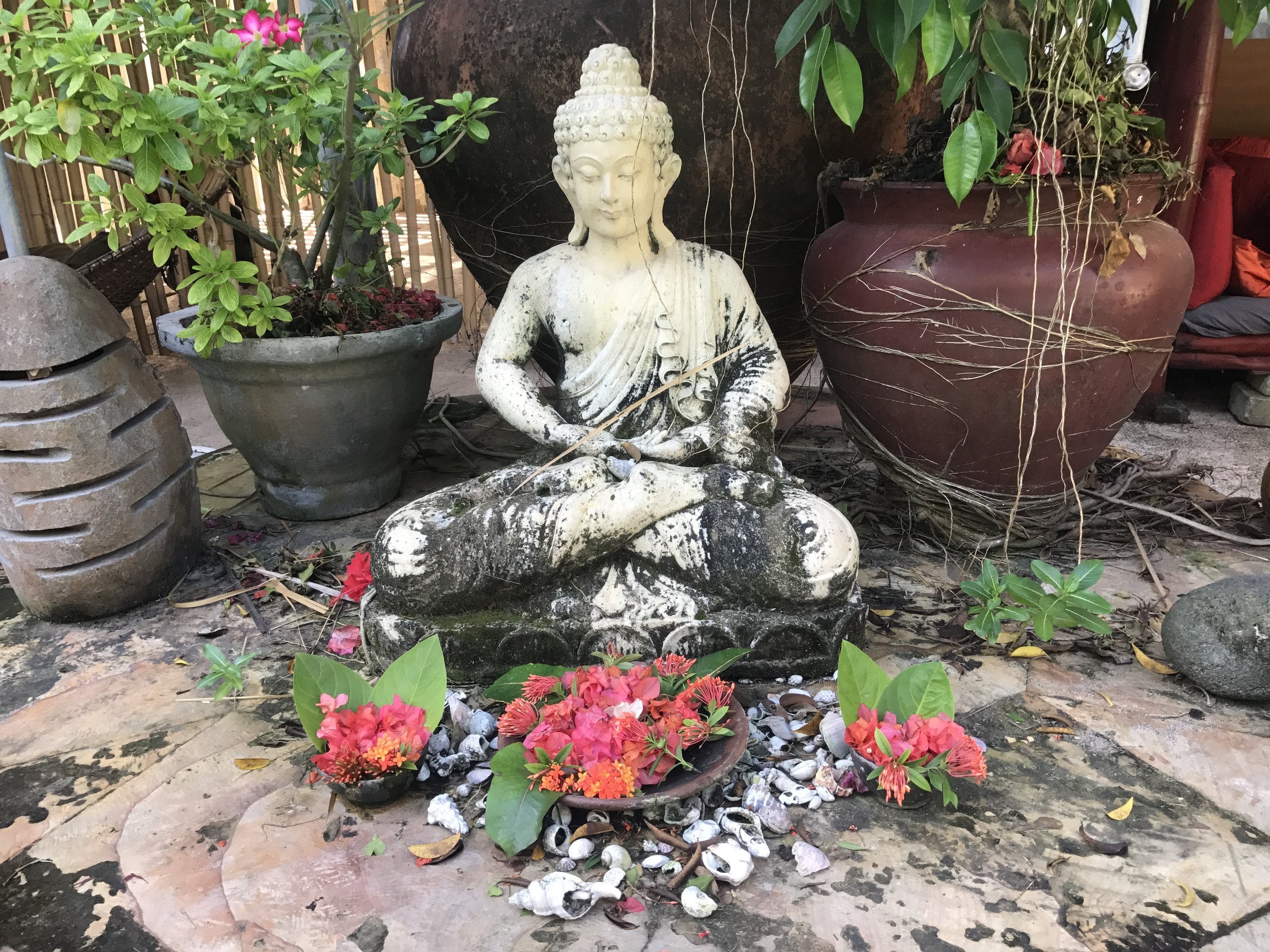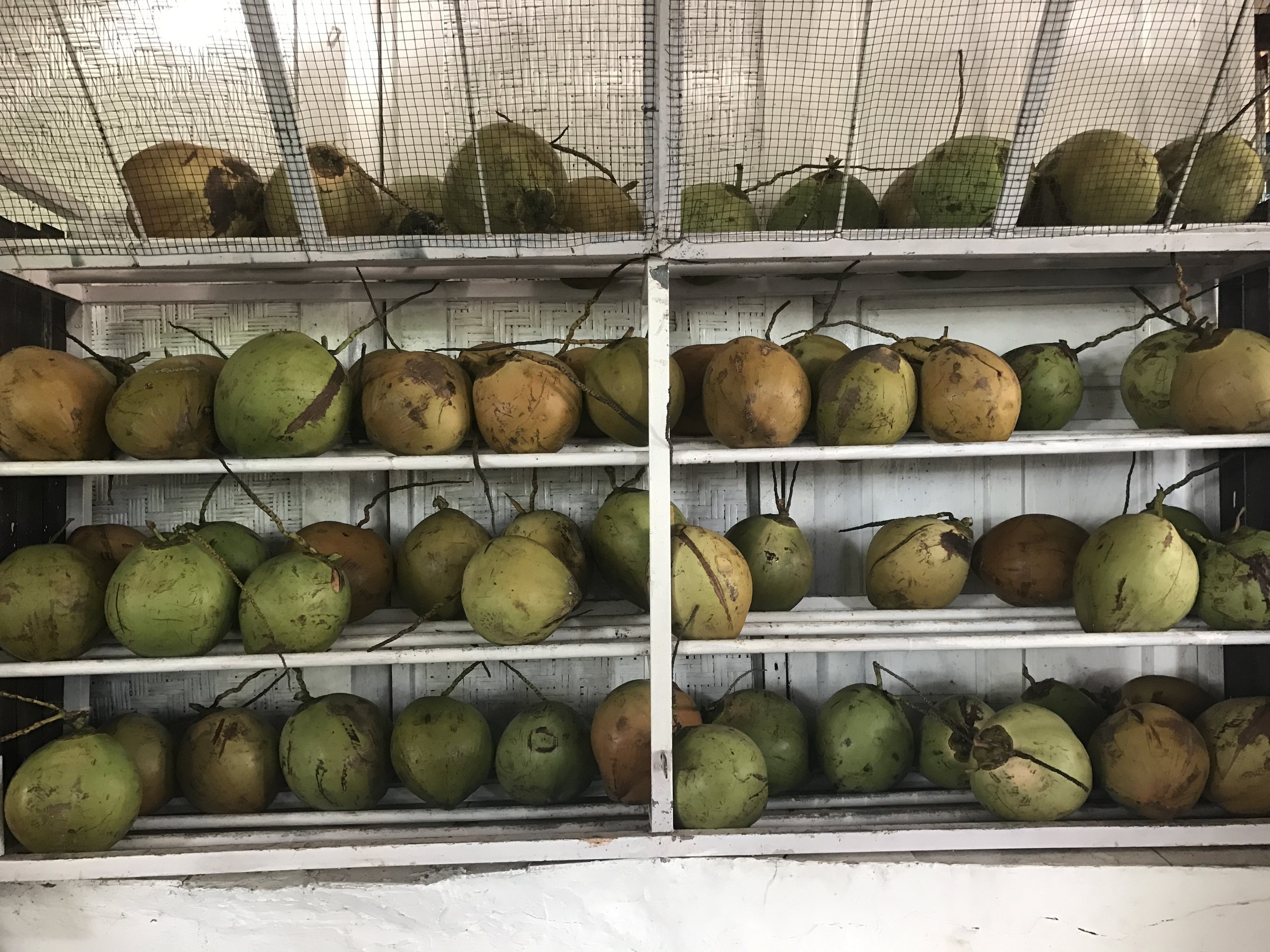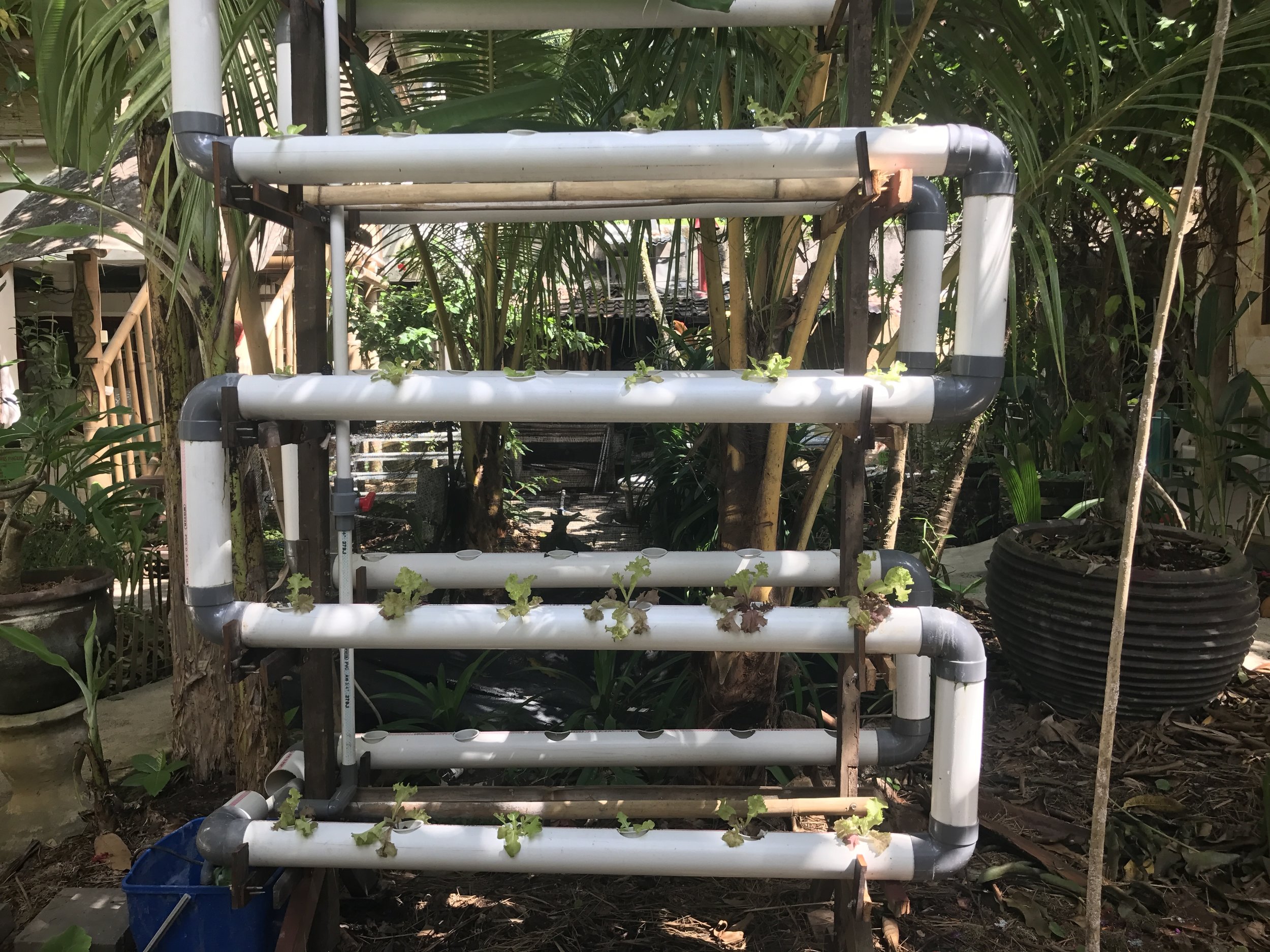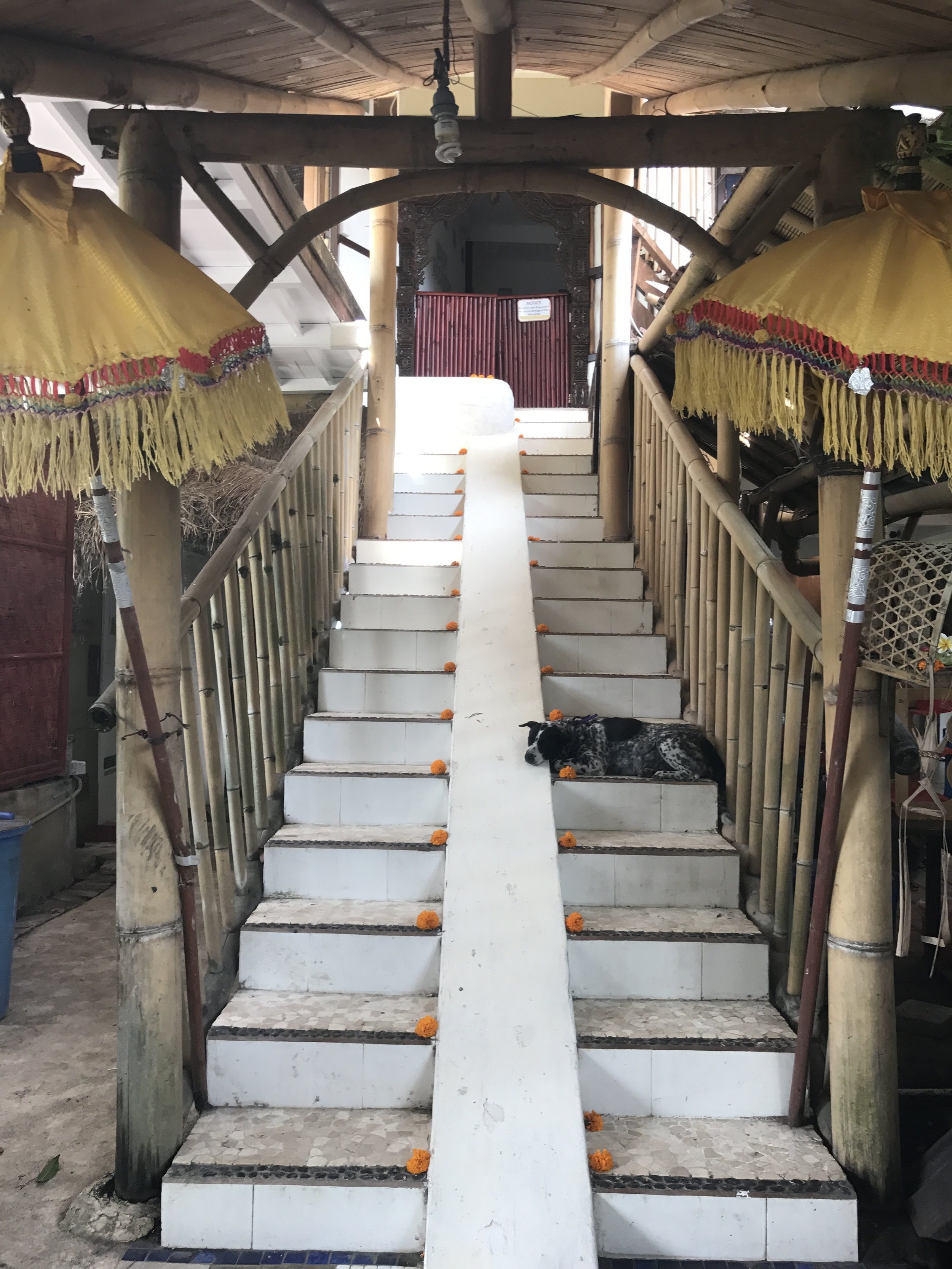My New Essay in The Hopper Magazine
This was the title of an article I was writing the morning I was bit by one of the wolf sanctuary’s rescues, just weeks before our two years of working with captive-bred wild canines would come to a close. And while the incident was both entirely out of the ordinary and also my fault, it was nonetheless emblematic of some of the loudest lessons learned during my time there.
Working with wolves taught me the importance of conscious attention, respect for boundaries, and to reject complacency in my inner and outer world.
My essay “Jaw Pressure” published in Issue IV of The Hopper (in print!) describes what can happen when humanity violates nature’s boundaries and underestimates its wildness.
We are living in an age where the rampant disrespect of human and wild life is being challenged on a global scale. Human rights, animal rights, and environmental justice are some of the most important issues of our times. With that in mind, “Jaw Pressure” also explores the link between violated boundaries and domestication, whether self-inflicted or imposed, and how we might overcome these trappings by reconnecting with wilderness, and in so doing, our true selves.
You can get ahold of my essay and the other great stories, art and poems in The Hopper here.






